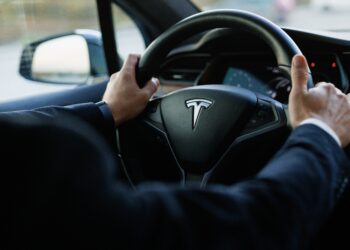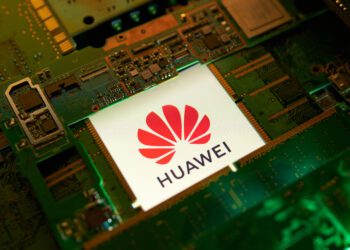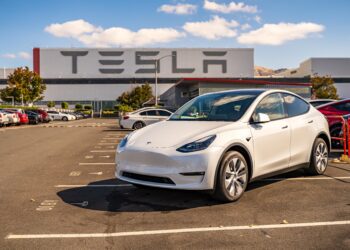The future looks bright for electric vehicles—but experts see commercialization at least a decade away.
A new survey of auto and tech industry experts conducted by J.D. Power shows the challenges of perfecting self-driving vehicles will prevent them from taking off commercially anytime soon.
Working with SurveyMonkey, J.D. Power polled more than 5,000 auto and tech analysts as part of its first Mobility Confidence Index. Its aim was to gauge what industry insiders think about the future of self-driving vehicles and compare the results with the views of more than 5,000 consumers who were also questioned.
Auto and tech industry experts predict it will be at least 12 years before fully autonomous vehicles are being sold to private buyers, while robotaxis will not be ready for widespread use until 2025. Even then, by 2034, autonomous vehicles will make up only 10% of all vehicles being bought and sold, the survey said.
The research by J.D. Power highlights technological difficulties as one of the biggest obstacles slowing the development of self-driving vehicles as manufacturers seek to perfect the models.
Recently, General Motors subsidiary Cruise, postponed a planned launch of an autonomous ride-share service because it said it was unsure whether its self-driving cars were ready.
On the other hand, Tesla CEO Elon Musk is sticking with his forecast of 1 million Teslas capable of being robotaxis on the road by the end of next year.
“We will still need regulatory approval, but the capability will be there,” Musk told shareholders at the company’s annual meeting in June.
The J.D. Power Mobility Index also surveyed consumers and experts about their expectations for electric vehicles. Both groups believe it will be well past 2030 before there are as many electric vehicles on the road as gas-powered ones.
“They recognize the benefit to the environment. That seems to be an unquestionable point,” said Kristin Kolodge, executive director of driver interaction & human machine interface research at J.D. Power. “But when it really comes down to, ‘would you as a consumer want to have a battery electric vehicle?’ That’s where we see the resistance.”
Leaders of the industry
The high-tech industry that is autonomous driving has failed to work completely free of human intervention while guaranteeing to deliver a sense of security to its users, however, some companies have stepped up when it comes to ensuring the future of the industry.
According to The Cologne Institute for Economic Research, Bosch leads the autonomous driving patent race with 958 worldwide patent filling related to autonomous driving. Audio and Continental, two other German companies, are too key suppliers of car manufacturers, as they gather a total of 526 and 439 patent fillings. Even though 6 of the 10 patent holders are German corporations, Japan and U.S. companies still have their say. Ford, GM, and Google are the American corporations who aim to pick up on the industry, while Japan’s Toyota sits on position number 7 after making a $9.1 million-dollar investment in autonomous software from PKSHA Technology Inc., which focuses on machine learning. According to a Statista survey, 66% of Japanese internet users has had heard of self-driving cars, but never used them, on a further report, only 1% of the respondents have had used driverless cars before as of August 2017.
Google, according to the graphic, widely considered to be a leader in autonomous driving research, has 338 patents filed in its name between 2010 and July 2017, which barely puts it in the top ten.
IHS Markit reports that more than 33 million autonomous vehicles will be sold by 2040. It also shows that the United States will lead the world in initial deployment and early adoption of production autonomous vehicles as early as 2019, while Europe and China are expected to begin adding considerable volume from 2021 onward. Total U.S. volumes of autonomous vehicles are expected to reach 7.4 million units per year in 2040.
Click on the link ahead to read about effects of automation on global transportation.












